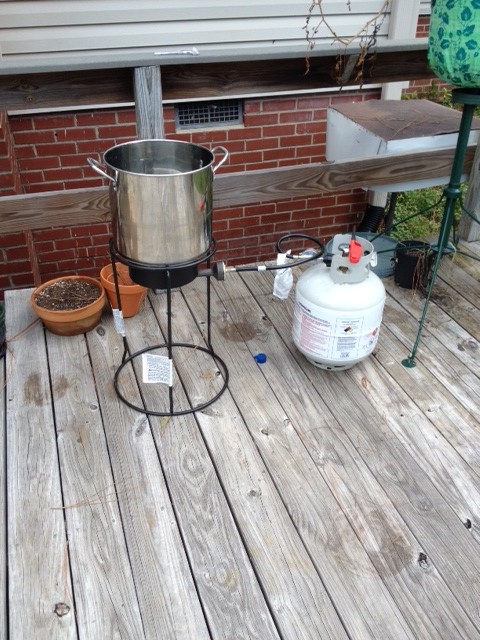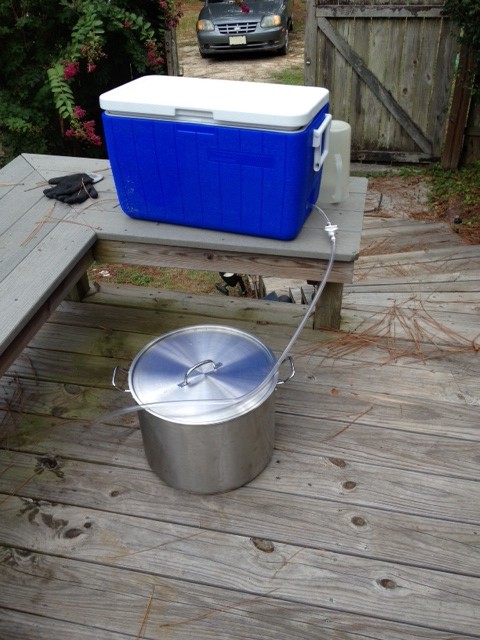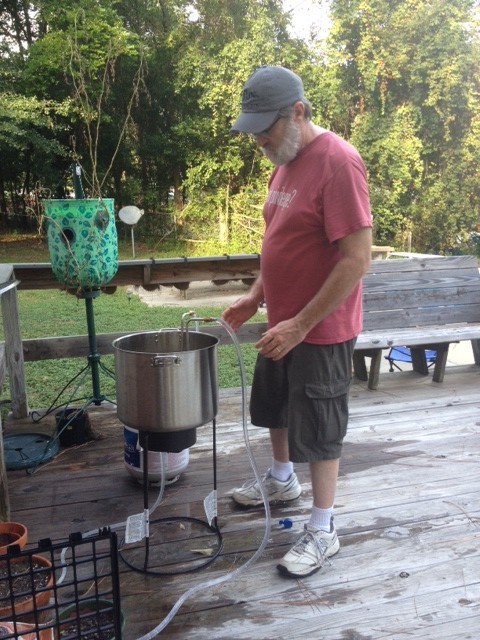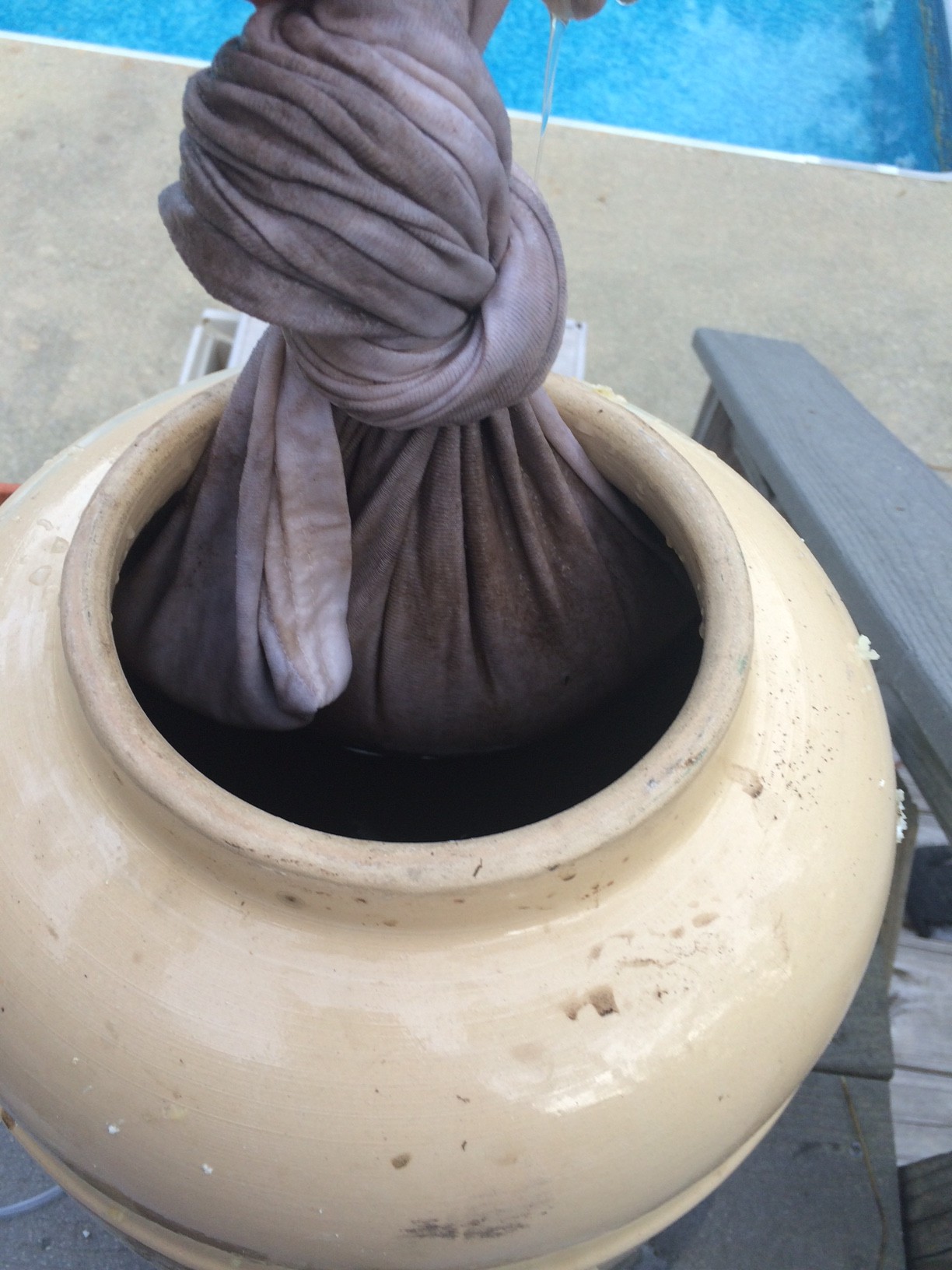Three years ago my husband and I bought a lovely three-bedroom home on a little more than half an acre of land. If you’ve read my previous posts you know that we have put a lot of work into our land to bring fertility and beauty to an acidic, parched, sandy lot that had been neglected and abused for decades.

We busted our butts clearing scrub brush and overgrown azaleas, and breaking up the compacted soil by tilling almost the entire yard. I planted fruit trees and blueberry bushes, strawberries and asparagus – plants that will produce every year with a little care. I built raised beds and created soil out of yard and kitchen waste, composted manure, and peat moss. I tossed about 100 earthworms in the beds to eat the organic matter in them and turn it into microbe-rich worm dirt, then started heirloom seeds to grow delicious, nutrient-rich food.
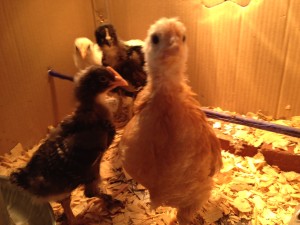
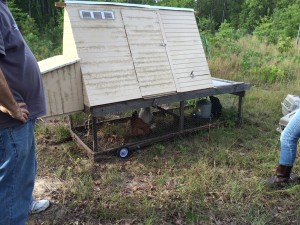
We went further in our dream of a sustainable life by getting baby chicks and raising them up. We built them a chicken tractor and moved them to a new patch of grass every day or so. We were happily surprised about how much better the yard looked a couple of weeks after the chickipoos had scratched and aerated the soil, eaten all the plants & bugs, and left a bit of fertilizer behind them. And at the end of the day, we had fresh, delicious eggs! We also built a worm bin. Whatever kitchen waste the chickens wouldn’t eat (coffee grounds, tea leaves, etc) went to the worms. That worked well for a while, but our worms decided to migrate and left the bin one day. It was kinda weird, but other folks I’ve talked to say that worms do that sometimes.
Along the way I discovered fermentation and took to it like a duck to water. I’ve made all kinds of fermented veggies, brined eggs, soft and hard cheeses, bacon, prosciutto, kombucha, kefir, yoghurt, skyr, clabbered milk, mead, hard cider, beer, and wine.
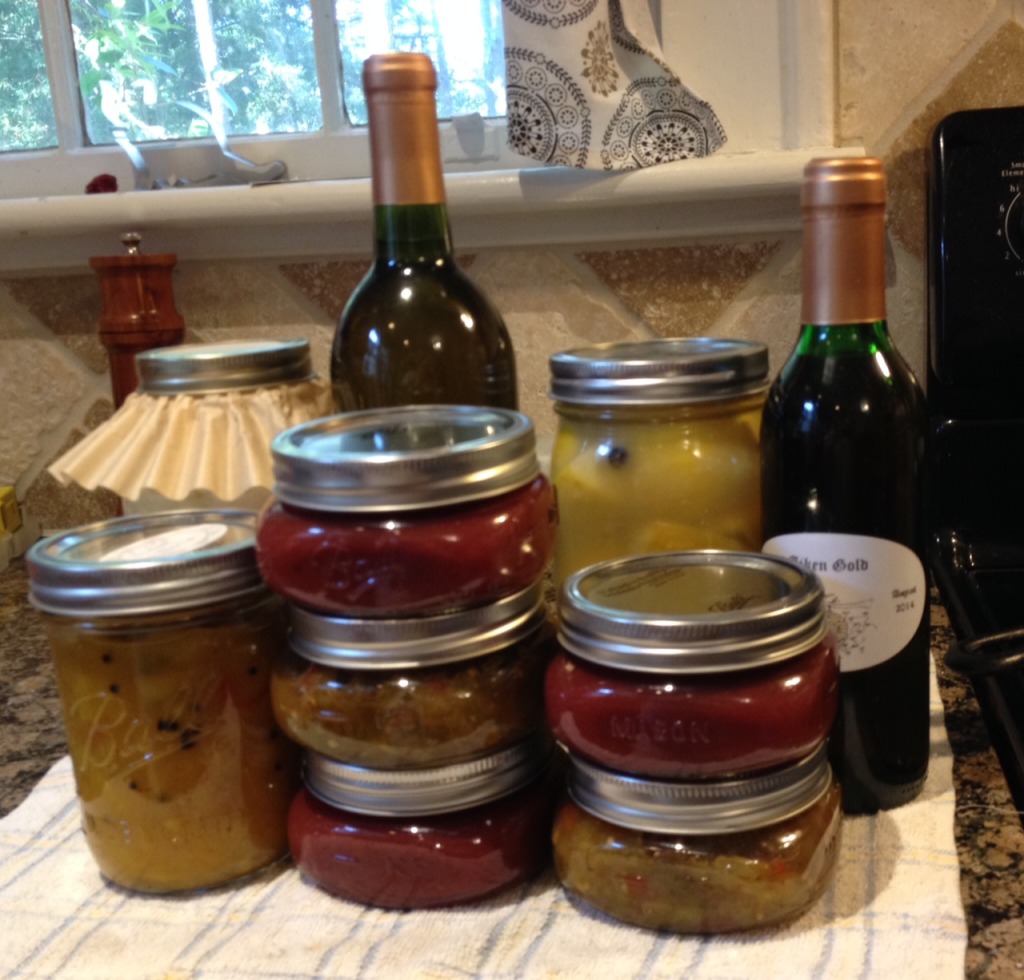
When we bought our home we thought we’d be there for a very long time, but life happens. Neither of us were successful in finding employment that we were in the least bit happy doing. I spent many months trying to get our business off the ground, but after failing to get financing we came to the conclusion that we were simply in the wrong place. We had chosen our town because of the lovely little downtown area, but you know what they say about books and covers. There was really very little going on in the CSRA that we could do for recreation other than tending our animals and our plot of land. Those things were great, but we had left an amazingly rich life back in the Ozarks before moving to South Carolina.
Last summer my dear friend, Hope, and I had taken a trip to see Rock City. Both of us are fans of Neil Gaiman’s American Gods and had always talked about going together to see where the battle scene in the book took place. I fell in love with Chattanooga! It reminded me of my old hometown of Fayetteville, AR, but it’s even funkier. I knew my hubby would like it because of the mountains and the wonderful local food culture. So when the opportunity presented itself, I encouraged him to apply for a job there and since he’s super awesome, he got it!
Now we’re living between two places: our house in Aiken and our rented apartment in Chattanooga. We realized a few months ago that we have a big house that costs a small fortune to heat and cool, but we only live in three rooms. The whole time we’ve lived there we’ve had one guest that took advantage of our guestroom… one! We have decided that if we want to seriously commit to a sustainable lifestyle and stop spending all our time dealing with household maintenance, we have to make a big change. In a few weeks we’ll have an estate sale where we will be selling off at least 70% of our belongings. It hurts a bit, but it’s just stuff. Then we are going to sell our house. I’m really hoping that someone comes along that wants to garden and falls in love with our property. The hard work has been done already, they just need to plant and tend the garden. Once the house is sold, we are buying at least five acres of property outside of town and we’re going to build a tiny house!
By selling most of our stuff we’re hoping to whittle things down to a much more manageable state. We won’t have room for a dishwasher, so we decided to cut down the number of dishes we have. Instead of a set of eight dishes, we currently have a set of four. We are thinking about cutting that down to a set of two. That way, I will wash each of my dishes when I’m done with it and not have a big pile of dishes to wash everyday. And if we do have company, they will be told ahead of time about our kitchen arraignment and to bring their own dishes. With less of our time being spent on things that aren’t really important, we can devote ourselves to the things we really love to do: hiking, dancing, brewing, gardening, raising critters, reading, and hanging out with friends. And hopefully, we will start our business in Chattanooga. The culture here is much better for what we want to do.
I’m sad to think about what we are leaving behind. But I’m even more excited about what lies ahead!

